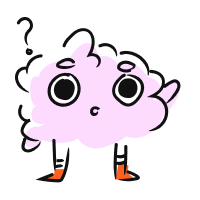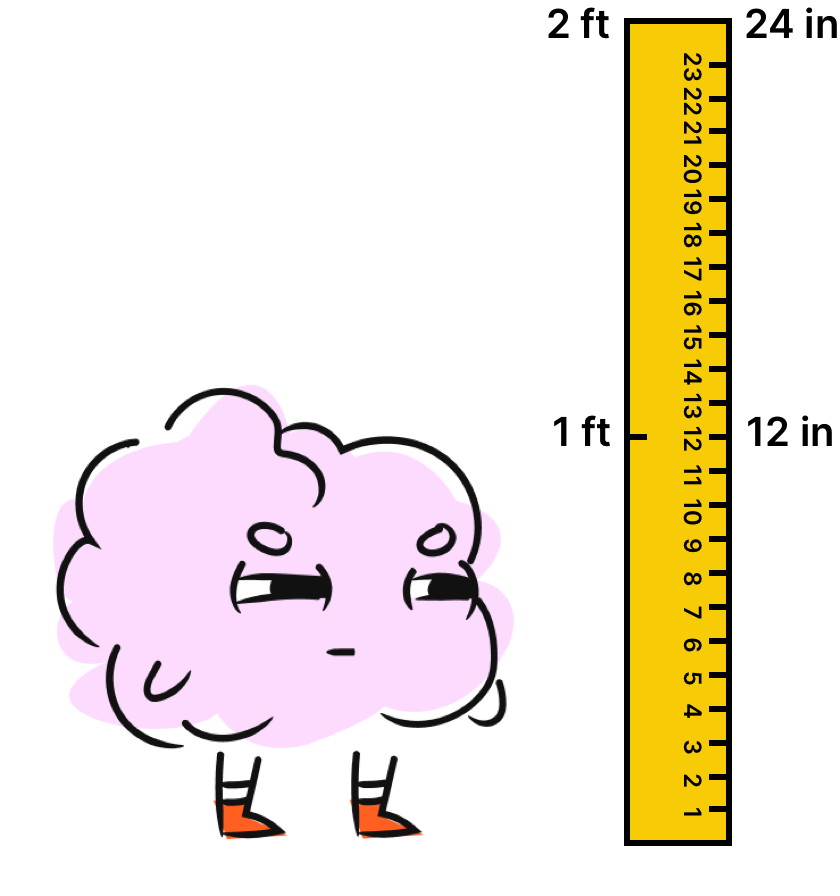CALCULATOR
—
Unit Conversion Calculator
What type of measurement do you want to convert?

We have some questions for you! Help us out through this
INTRO
—
A unit conversion takes the value of a physical property (time, length, mass/weight, volume, etc.) and expresses it using a different unit of measurement.

For example, we can convert to . Even though these two measurements look different, they actually have the same value.

This is similar to how we can express our thoughts and feelings using emojis in place of words.
Instead of typing, “but that’s none of my business,” we can convert the words to emojis, “🐸☕,” and call it a day. The expression changes, but the meaning (or value) stays the same.

To convert units, we use a process called dimensional analysis.
KEY STEPS
—
How to Convert Units
Step 1. Identify the given unit (starting position) and the unknown unit (ending position).
The given unit is the unit that has a given number.
The unknown unit is the unit we need to find the unknown number of.
Step 2. Identify the path from start to finish.
Select the set of conversion factors that can get us from the given unit to the unknown unit.
Step 3. Use the conversion factors to set up an equation that cancels out unwanted units and gets the unknown unit by itself.
To cancel out, we need a matching top half for every bottom half.
Step 4. Multiply across the top and bottom.
Step 5. Divide.
LESSON
— Converting Units
PRACTICE
— Converting Units
CONCLUSION
—
Leave Feedback